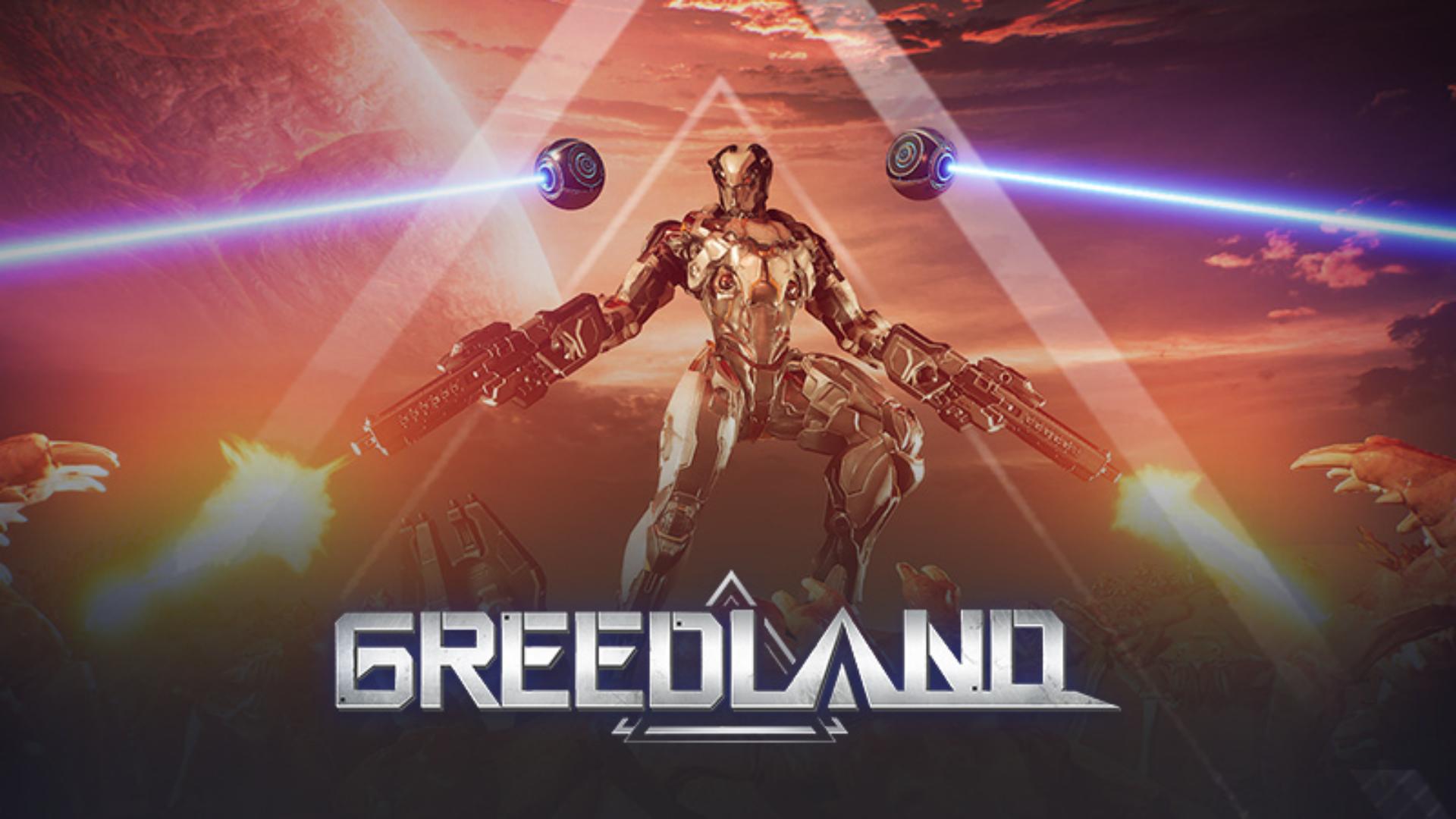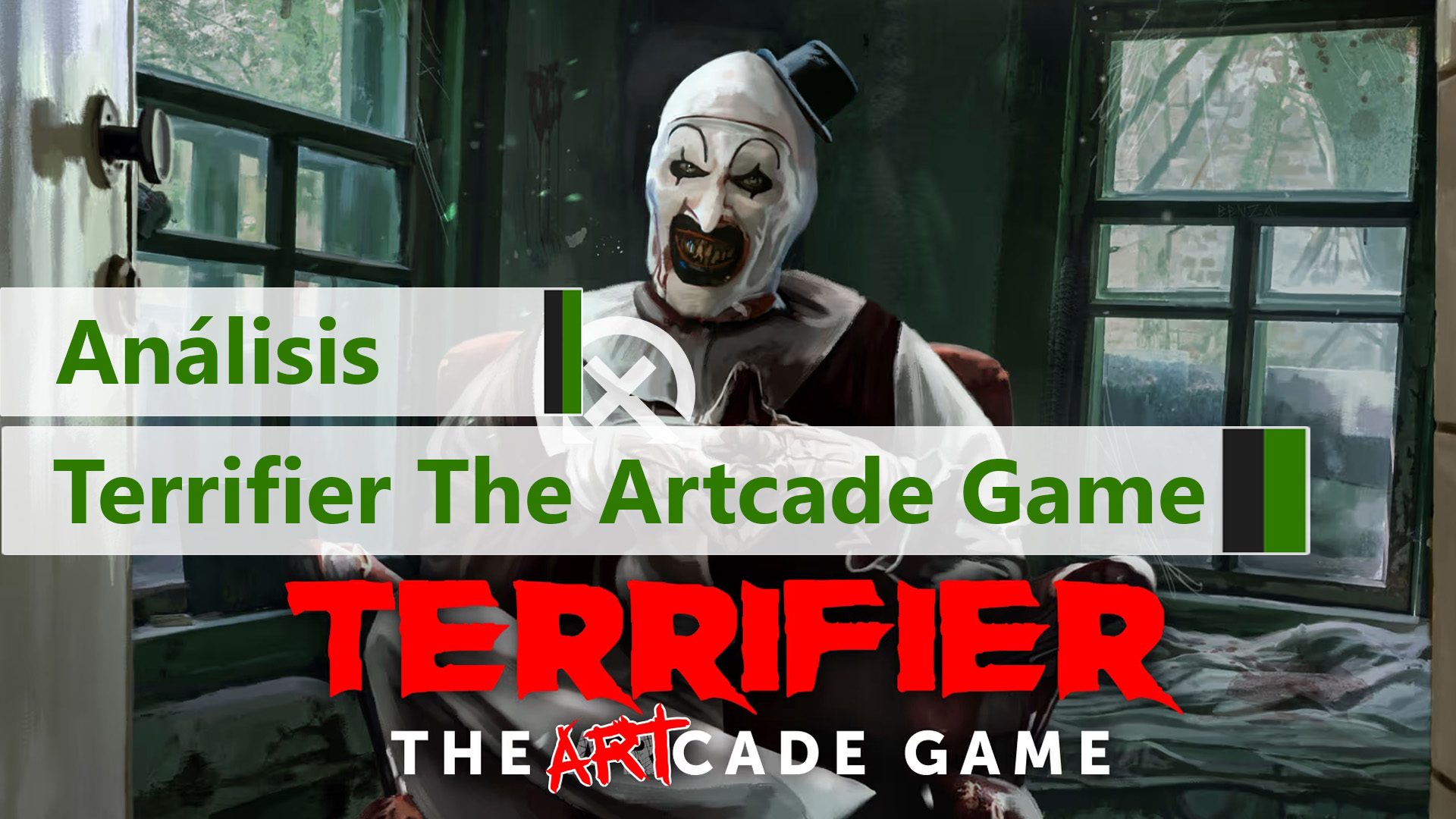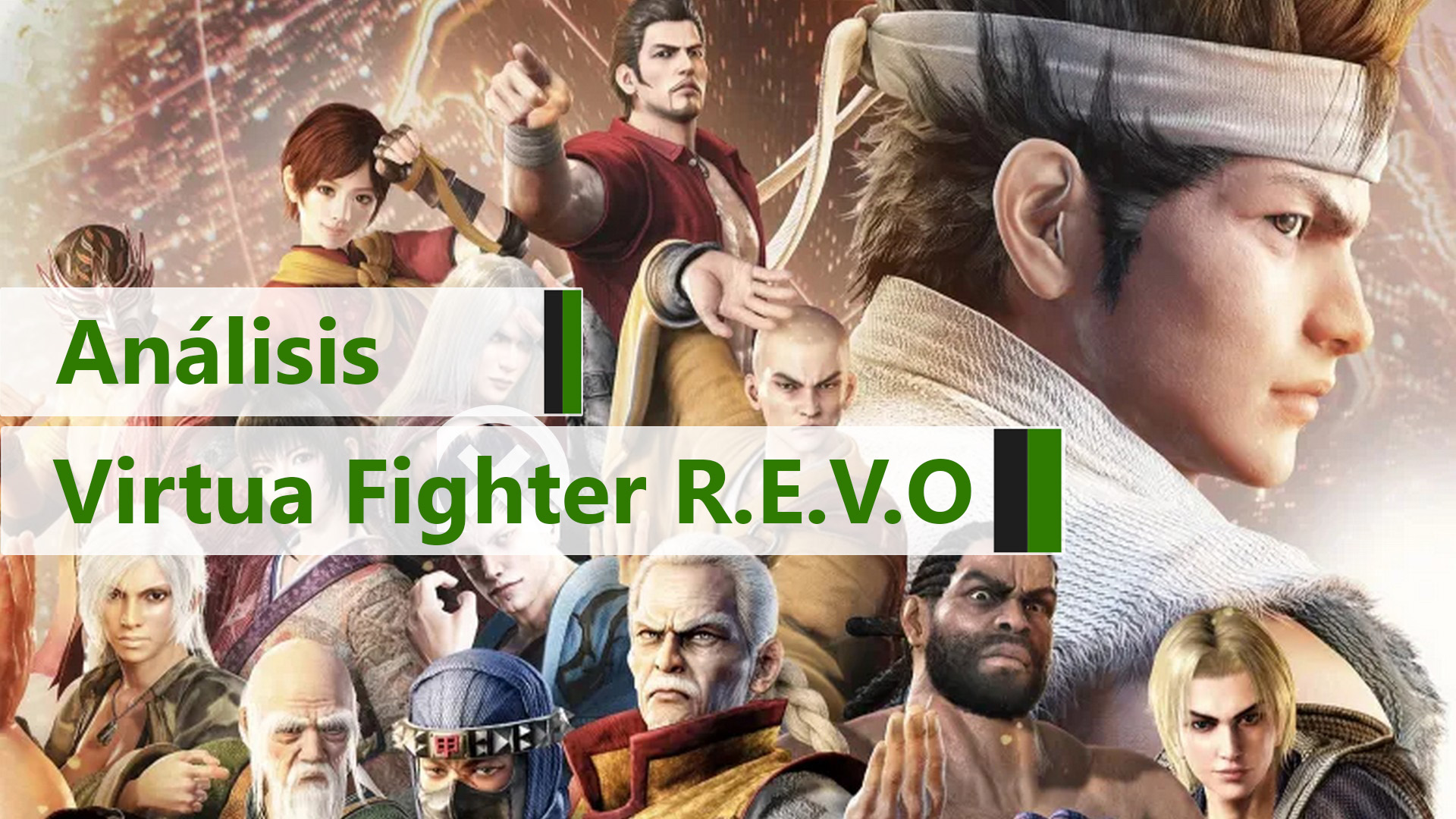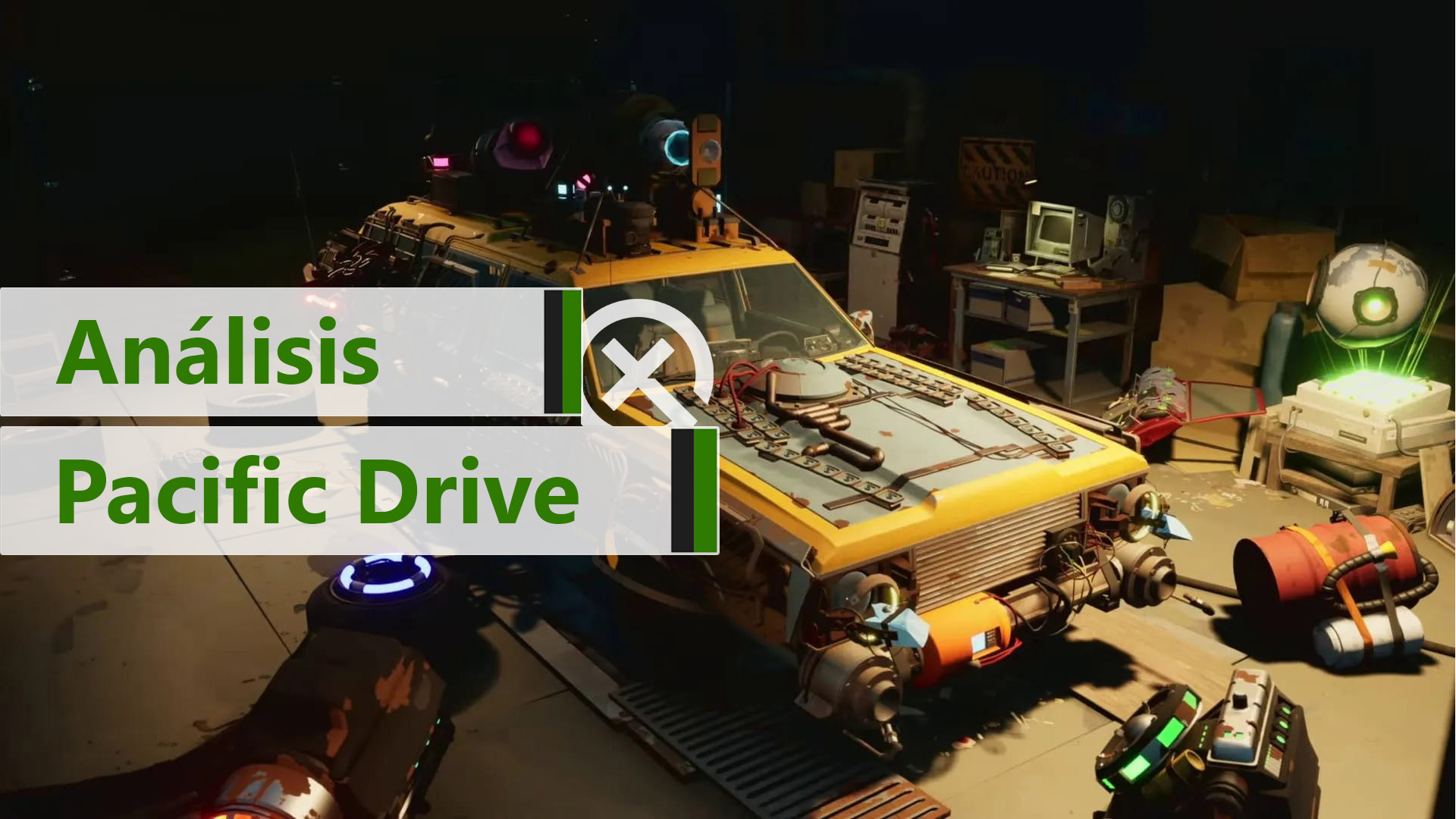Did you love Vampire Survivors? Is science fiction your thing? Greedland is your dream come true.
Take a look at these other reviews
- Review of Terrifier: The ARTcade game – The clown fights the neighborhood
- Review of Virtua Fighter R.E.V.O World Stage – The return of a pioneer
- Review of Pacific Drive for Xbox Game Pass – Accelerating in another dimension
| Don't miss anything and follow us on Google News! |
A few years ago, we witnessed the birth of a game that pleasantly surprised everyone: Vampire Survivors. With its simple and retro aesthetic, the game presented a very straightforward premise: destroying wave after wave of enemies while choosing different power-ups that enhance various aspects of the main character’s attacks and defense.
But what does Greedland have to do with Vampire Survivors, you might ask? The truth is, a lot, at least in terms of game design concept. To put it simply, Greedland takes the epic magic idea from Vampire Survivors to outer space and abandons the retro aesthetic for current graphics, but the formula remains intact, and it still works.
The title debuted on Steam two years ago, and with the development of VaMP He and the publication of Gamersky Games and 2P Games, it finally arrived on Xbox Series as a solid proposal from the ID at Xbox indie development program for those who love science fiction, shooting, and surviving at all costs.
In this case, the main character is a mercenary sent to the planet Greedland to take possession of the planet’s resources. The story may not win any awards for its incredible depth or originality, but it’s not like it needs to, given the premise of its gameplay.
With an arsenal of different calibers and shields at the ready, join me in eradicating the alien threats in a world that will be anything but friendly. Here we go.
Technical Aspect
While the game may not be a visual masterpiece, the visual aspect fulfills its purpose with a UI that doesn’t have too much clutter, allowing you to have all the basic parameters to complete missions and other points at hand. The downside is that when the hordes of enemies are too dense, and I mean groups that literally fill the screen, it’s often difficult to see the protagonist, which translates to taking damage involuntarily, especially in scenarios with low lighting.
A truly notable detail in the graphics department is the vast variety of enemies the game presents, most of which are part of the arachnid family, changing in size, shape, and even attack types within each of the three biomes the game features. This aspect becomes even more important considering it’s a one-person development, which gives relevance to this particular aspect.

The music accompanies the on-screen action with varied rhythms that aren’t particularly remarkable but also don’t invade or get tiresome during attempts to survive the mission. I particularly enjoyed the fact that the rhythm changes when bosses or more powerful enemies appear, as even if you’ve missed the “abnormal energy increase” notification on screen, the change in the track puts the player on alert. Being a one-person development, the game doesn’t have any narration or digital voice, but given the scarce story, it’s not like it needs it.
I was struck by the fact that the game is localized in 12 languages, but none of them are Spanish, so those who don’t have a very fluid grasp of the language may not be too happy. The game does come in Portuguese, both in its Iberian and Brazilian variants, which is the closest to our language.
This analysis was done on an Xbox Series S, and the title never showed a drop in the 60 frames per second rate, not even with the screen full of threats, which speaks very well of the optimization done in the game, something that even many AAA games lack these days. According to some official articles, the game manages to put an astonishing 20,000 enemies on screen, a true madness.

Gameplay
The structure is simple: a ship will drop you off in a remote location on one of the three different biomes that make up the planet Greedland, the first will take the unfortunate mercenary to the jungle, then to the most desert areas of that world, and finally to the frozen zone that will lead to the culmination of the game.
At the beginning, the player can only use an assault rifle and an exo-armor that can be upgraded as they advance in missions or bribe the commander with in-game money (which is divided into coins and crystals) to ascend in rank, which ultimately ends up being excessive to add more possibilities for improvement that make the missions a bit easier, which many times seem truly impossible.

The improvement possibilities allow the weapons to fire faster, cause more damage by increasing their penetration, or even make the armor more resistant or incorporate artifacts that fire in several directions, even covering the back of the selected armor. The customization options even allow changing the color and appearance of some of the three mechanics.
Beyond the fact that the offer of weapons and armor is varied and extensive, I didn’t notice a big difference between them, and I usually ended up playing with the default ones at the start, but with some improvements that made me not see the “you died” screen as many times. This may vary from player to player, but perhaps the basic initial improvements should have been more marked to encourage the purchase of new armor.

Each armor can be equipped with different configurations of “mods” that are absolutely customizable in armaments or special active or passive abilities. This way, you can make the selected character enter a continuous firing mode where the weapons don’t overheat for a certain time, or fire a weapon that freezes everything around for a few seconds, and much more.
The game mechanics are very similar to those of Vampire Survivors, i.e., as enemies are eliminated, points are obtained that increase the player’s level. With each level obtained, different abilities can be selected (always from a total of 4 proposals) that allow for multiple shots, reduced weapon overheating, shields, faster firing speed, passive energy recovery, more weapons, etc. Within the control options, the player can choose the possibility of constant automatic firing or manual firing using one of the triggers; while this option is more satisfying, in the long run, I ended up opting for the automatic route to be able to focus on the missions and, basically, not die.

The title proposes different objectives per mission, which helps the game’s mechanics from becoming too repetitive. This way, the player will have to explore, recover equipment, destroy enemy nests, recover alien plant seeds, destroy a determined number of enemies to establish outposts, and several other things. Each mission will have a set duration time that is always available in the center of the HUD, and even if you complete all the objectives before the time runs out, you’ll have to resist as much as possible until the evacuation ship arrives, exterminating all remaining enemies, which, believe me, will be many.
Finishing the game won’t be easy, quite the opposite, and that’s one of the strongest criticisms I have of this game that managed to hook me as much as or more than Vampire Survivors, I’m referring to the excessive difficulty it presents, particularly at the beginning.

Duration
We’re dealing with a production that isn’t long in itself, but the difficulty makes the player spend a lot of time trying to overcome each of the missions, especially if you add the special challenges that can be played in different scenarios.
In conclusion, it’s not a long game, but it’s a game that will capture you from the start, and it will take multiple attempts to dominate, although beyond a slight frustration, it will give you great satisfaction in more than one sense. Of that, I have no doubt.

Conclusion
Greedland is the perfect option for fans of games like Vampire Survivors who are looking for an alternative to that production that doesn’t feel like a cheap copy or an attempt to capitalize on the publicity of this game. While it draws heavily from the aforementioned title, Greedland stands out for its own personality and maintains an aspect that is almost impossible to imitate: the healthy addiction it generates in the player.
In this last point, I must seriously warn you: the game will consume several hours without you realizing it, but, after all, isn’t that what all good entertainment should do?






